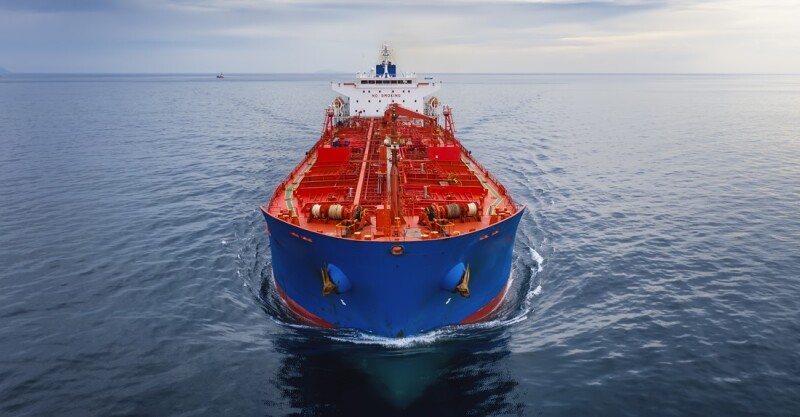Fouling on the internal pipework of ships is a well-known problem, and marine growth prevention systems are the current solution. Currently copper dosing system offer the best possible solution for fouling control within a pipework system in the form of copper anodes installed at the seawater intake. Prevention of such fouling will reduce maintenance costs, increase efficiency, and prolong a vessel’s life cycle.
Fouling is an issue not only within a pipework system but also on surfaces such as hulls, propellors, and rudders This is a huge problem, with industry giants spending millions looking for a suitable solution to meet the shipping industry’s net zero 2050 goals.
Hull fouling is a huge problem and is estimated to account for 9% of the global fleet’s fuel consumption every year. This equates to roughly 80 million tons of excess CO2 emissions and $16 billion in extra fuel costs. A system that can reduce this problem is at the forefront of the shipping industry’s thoughts.
Research has been undertaken to provide a solution to this biofouling problem. Initial theoretical, laboratory, and land-based tests supported by independent experts have led to promising results showing that ultrasound can prevent biofouling forming on a surface. This research has been taken one step further with real-world testing, to include box cooler and hull protection. All have been successful. The system consists of a low-power-consumption control panel and transducers that are bonded to the internal surface of the structure for easy installation and maintenance.
The next step in the development in the ultrasound system is to scale up the vessel size to measure the protection range of this patented technology that will allow the product to be released to the industry to reduce fuel cost, bring down CO2 emissions, and prevent the transfer of invasive species.

